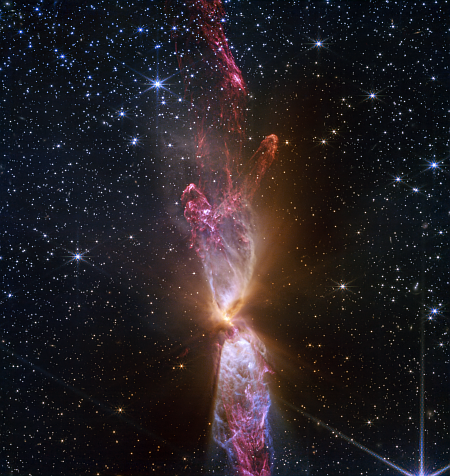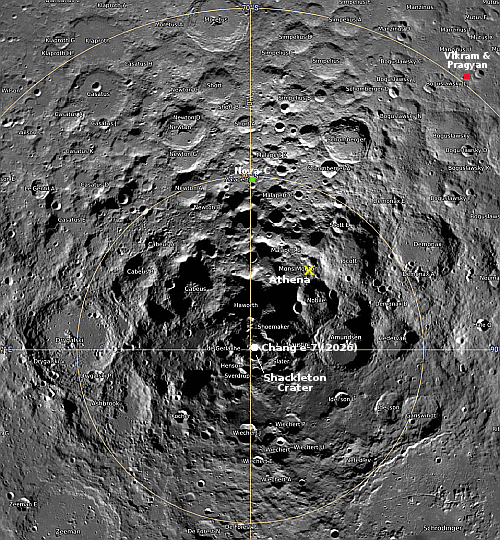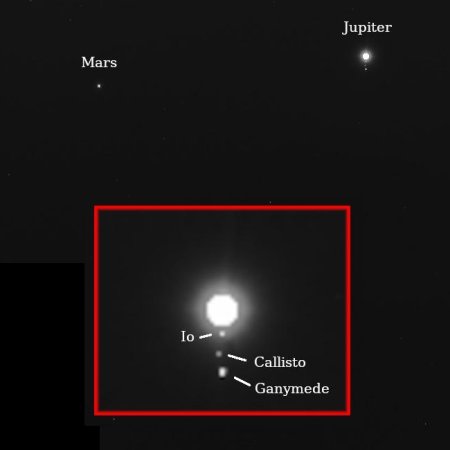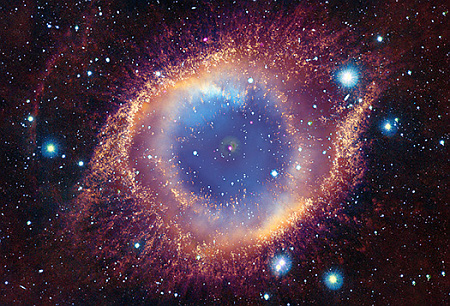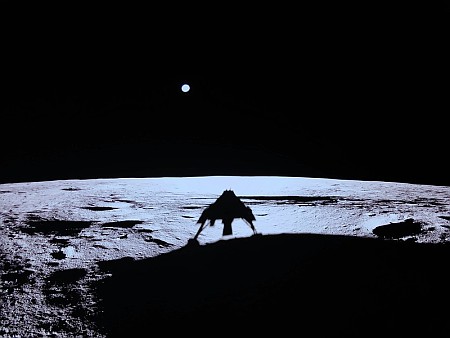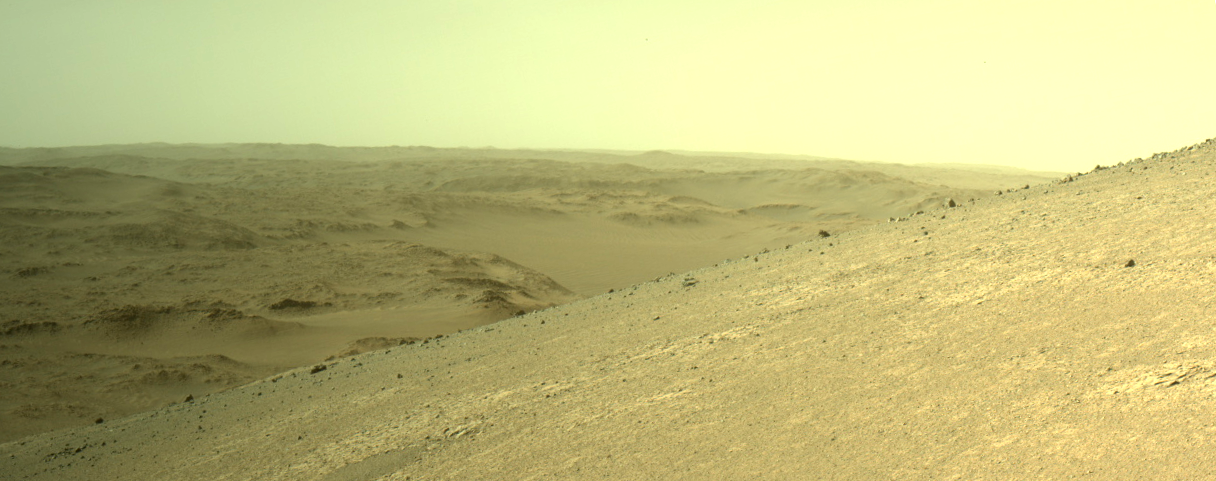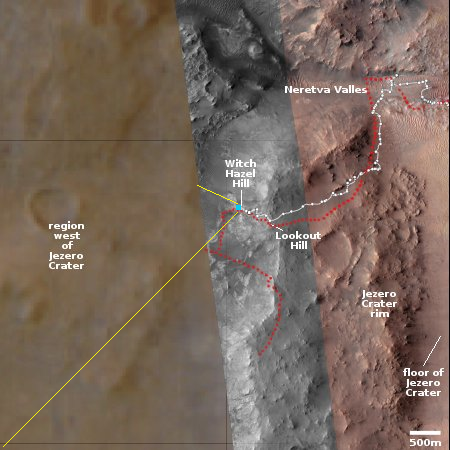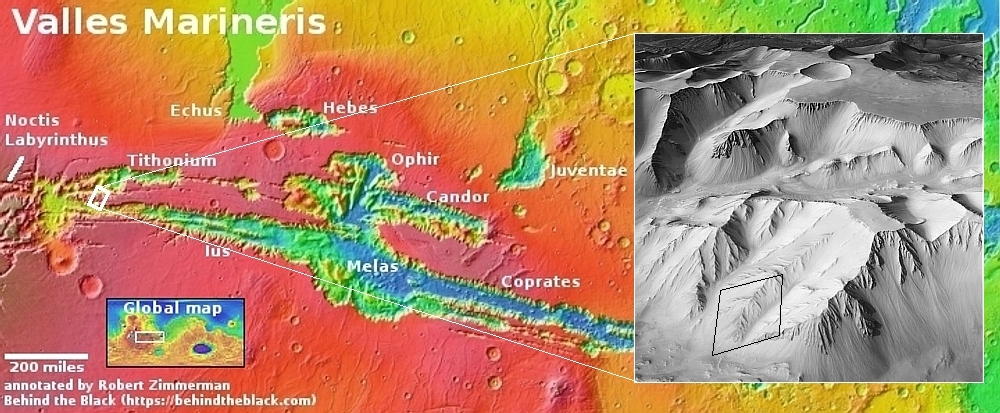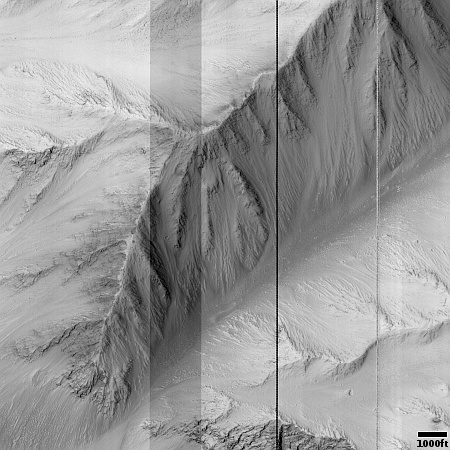Pick a perfect March Madness bracket and SpaceX will award you a trip to Mars
College basketball fans now have a second motivation for predicting perfectly the team results during the March NCAA championship finals: SpaceX will award a perfect bracket a trip to Mars.
In a post from X’s business account, the platform officially announced their bracket challenge, partnered with their sponsor Uber Eats, announcing that anyone with a perfect bracket would win a trip to Mars as a part of the SpaceX program.
Those who are at least 18 years old and submit their bracket on X between March 16, after the CBS Selection Show, and the first game of the Round of 64 on March 20 will be eligible for the prize.
For those who don’t wish to travel to Mars, anyone who fills out a perfect bracket in the challenge could alternatively accept a prize of $250,000 and additional perks involved with the SpaceX program. This includes 1 year of free residential Starlink service, the chance to train like a SpaceX astronaut for a day, an opportunity to send a personal item of choice to space on a Falcon 9 launch, VIP viewing of a Starship launch.
If no one picks a perfect bracket (which is normally the case) a $100,000 prize was be awarded to the best non-perfect bracket.
College basketball fans now have a second motivation for predicting perfectly the team results during the March NCAA championship finals: SpaceX will award a perfect bracket a trip to Mars.
In a post from X’s business account, the platform officially announced their bracket challenge, partnered with their sponsor Uber Eats, announcing that anyone with a perfect bracket would win a trip to Mars as a part of the SpaceX program.
Those who are at least 18 years old and submit their bracket on X between March 16, after the CBS Selection Show, and the first game of the Round of 64 on March 20 will be eligible for the prize.
For those who don’t wish to travel to Mars, anyone who fills out a perfect bracket in the challenge could alternatively accept a prize of $250,000 and additional perks involved with the SpaceX program. This includes 1 year of free residential Starlink service, the chance to train like a SpaceX astronaut for a day, an opportunity to send a personal item of choice to space on a Falcon 9 launch, VIP viewing of a Starship launch.
If no one picks a perfect bracket (which is normally the case) a $100,000 prize was be awarded to the best non-perfect bracket.





